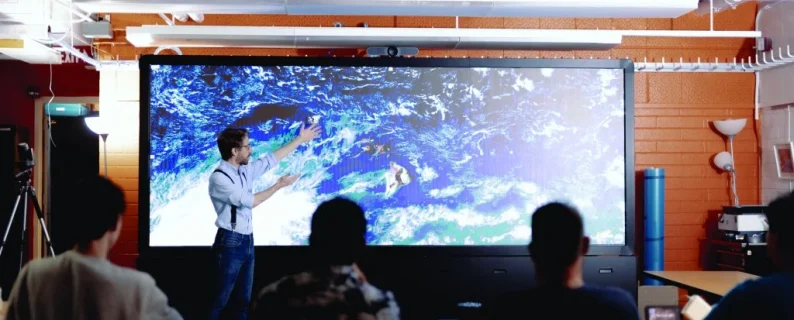Professional Development
Resources
- Guest speakers for classroom presentations
Email openhouse@soest.hawaii.edu to inquire about topics and availability
Earth Science
- Ask-an-Earth Scientist: Submit an Earth science question to one of our volunteer experts and read or search past questions and answers.
Climate Science
Space Science
- Artemis CubeSat Kit and Curriculum that covers all aspects of spacecraft design in an online course in the public domain
Ocean Science
- Voice of the Sea: archive of 10 seasons of the award-winning television show that travels throughout Hawaiʻi and the Pacific meeting researchers, scientists and cultural practitioners.
- Exploring Our Fluid Earth: a free, online curriculum, for Grades 6-12, teaches Environmental and Ocean Literacy through the topics of Physics, Chemistry, and Biology. All resources and activities are aligned to and searchable via the Next Generation Science Standards (NGSS).
- Sea Earth Atmosphere: SEA has content and student activities for grades 3, 4, 5. Standards alignment sorts content and activities by NGSS and Ocean Literacy Principles.
- OPIHI: Our Project in Hawaii’s Intertidal (OPIHI) is an ecological, citizen-science field survey project (grades 5–12) with classroom curricular materials.
- Ocean Atlas of Hawai‘i: A comprehensive description of the ocean around Hawai‘i — marine climate, water properties, currents, tides, and waves.
- Real-time data classroom activity using the Pacific Islands Ocean Observing System (PacIOOS) Voyager data viewer (for Gr. 9-12). In this lesson plan, students make decisions for ocean recreational activities using real-time, forecast, and historical data on winds, waves, currents, ocean temperature, and more.
- Coral Bleaching Toolkit
Developed by the Coral Resilience Lab at the Hawai‘i Institute of Marine Biology, this toolkit seeks to bring a tangible visualization of coral bleaching and will give students a better understanding of how ocean warming events and other stressors affect the health of corals
- seaHarmony
An online collaboration tool that matches ocean science researchers with educators, managers, and traditional practitioners in Hawai‘i based on compatibility and collaboration preferences.
- Center for Ocean Sciences Education Excellence
COSEE Island Earth is a collaborative initiative among university, government, research, and community partners to improve connections between scientists and educators, inform ocean science educational practices, and enhance ocean literacy in Hawai‘i.
7ads6x98y





